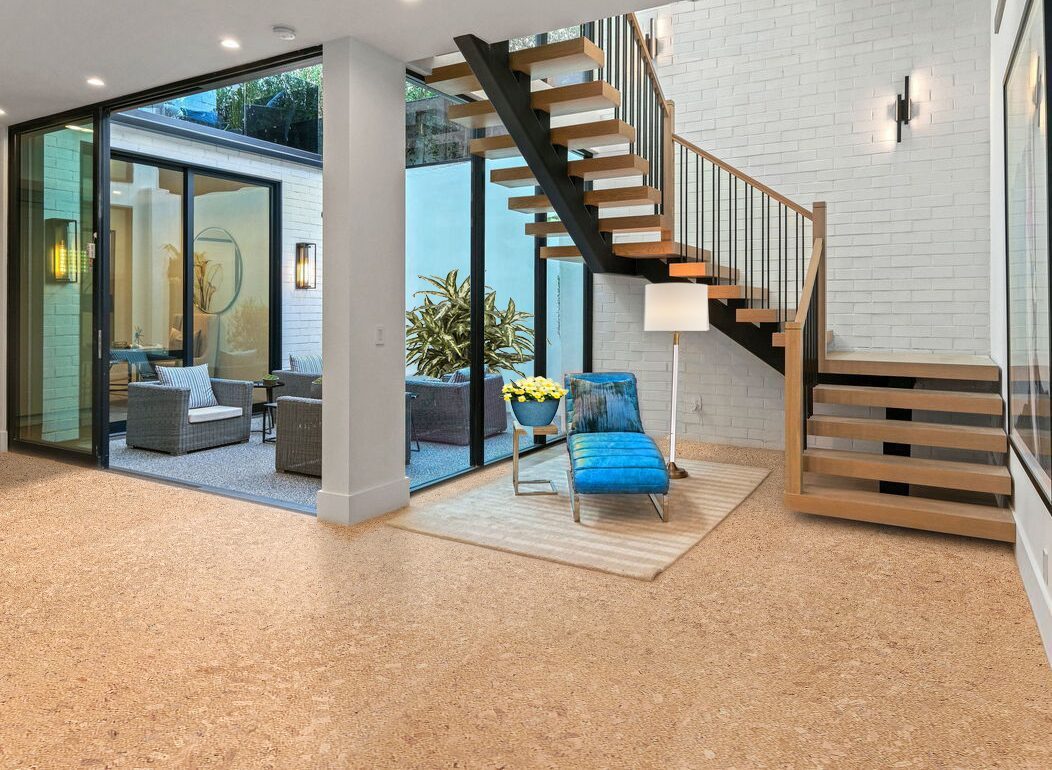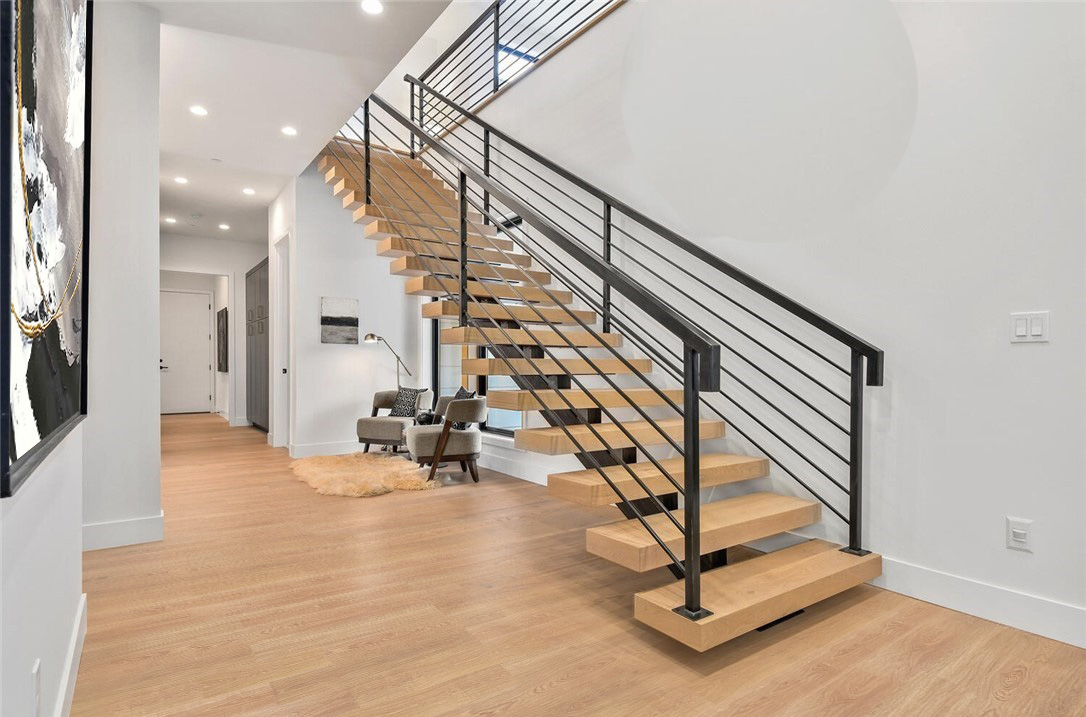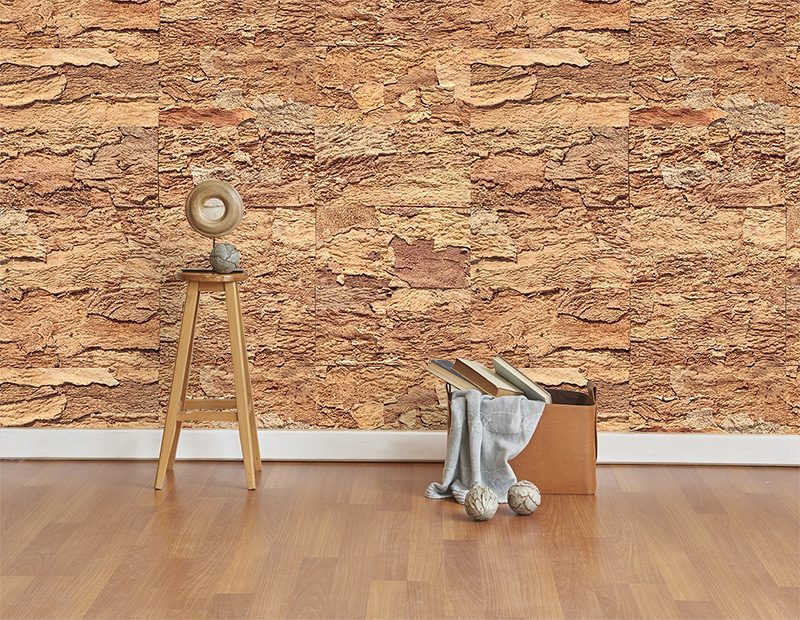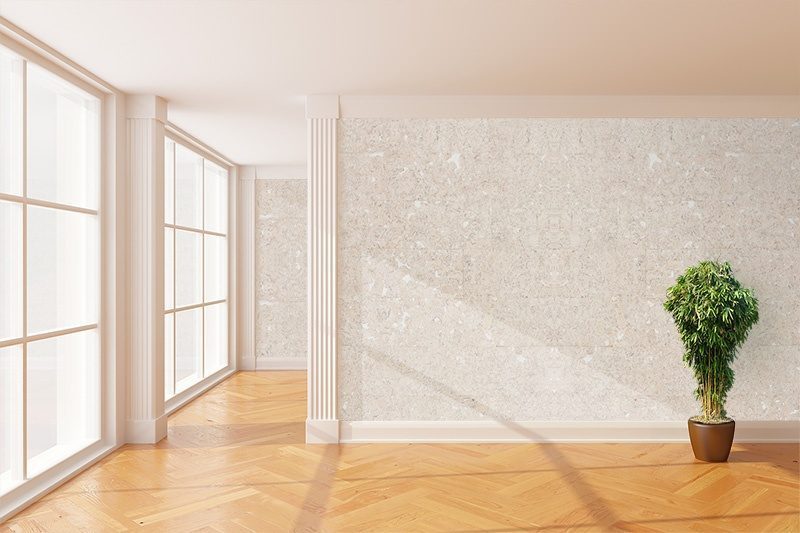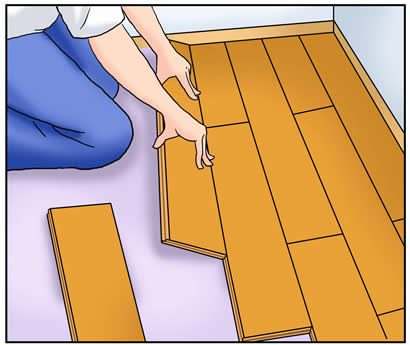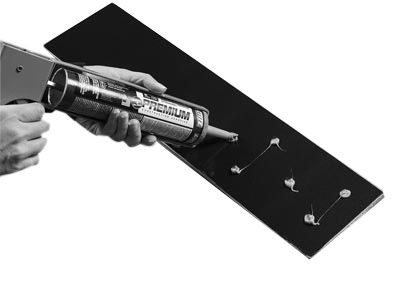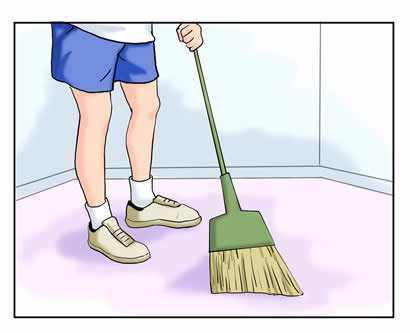Cork Bark, Cork Tree and cork flooring
Cork oak orchards and forests cover approximately 2.5 million hectares in the world. The main cork exporting countries are: Portugal, Algeria, Spain, Morocco, France, Italy, Tunisia and China.
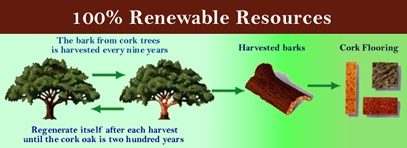
The cork tree has a life span of 250 – 350 years. Each cork tree must be 20 to 25 years old before it can provide its first harvest of cork bark. This first harvest is referred to as “virgin cork”. This type of cork is known for its hard and irregular structure. Once the first peel has occurred, a new layer of cork bark starts to regenerate.
The first of these layers, extracted after 9-12 years from the first harvest, is given the name “secondary cork” and the layers of bark harvested from subsequent extractions are named “amadia”. A typical tree produces several hundred kilograms of cork during each harvest and can survive, unharmed, for many generations.
The cork tree has a the unique ability to “shed” it’s bark after a fire. This natural ability to regenerate damaged bark and branches makes the cork oak the ideal choice as a sustainable natural resource. Because of this unique property, cork harvesting by man does not harm the tree. The same tree can then be harvested an average of 12 times in it’s lifespan (until the tree reaches 200 years old). Cork harvesting is considered one of the most ecologically and economically sound practices in the renewable resource sector.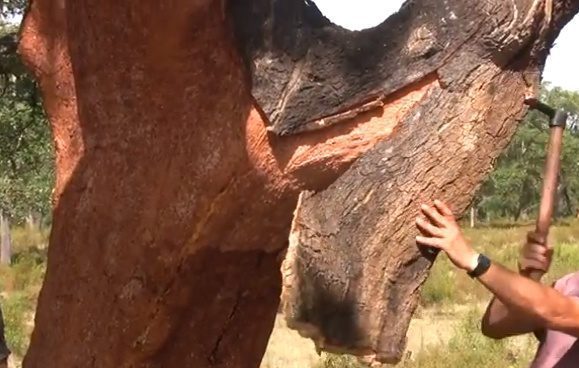
Cork production is assured with continuous planting. Trees are never cut down or removed without governmental approval. Portugal, which produces more than 50% of the world’s cork, has been particularly careful with this resource. The first cork protection measures in Portugal date back to the 14th century.



